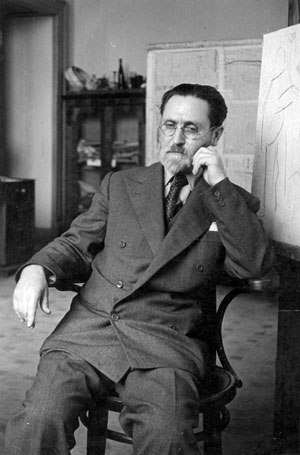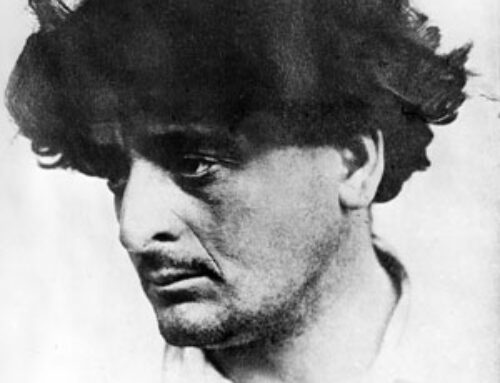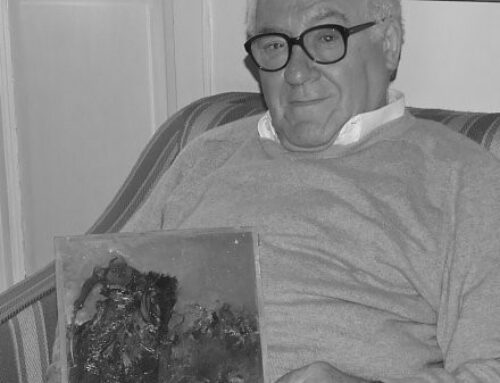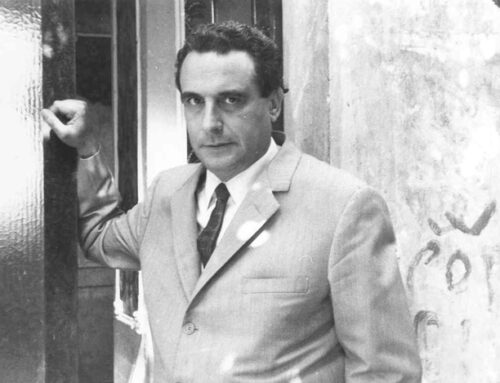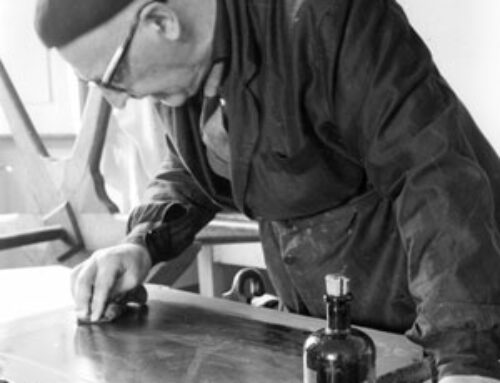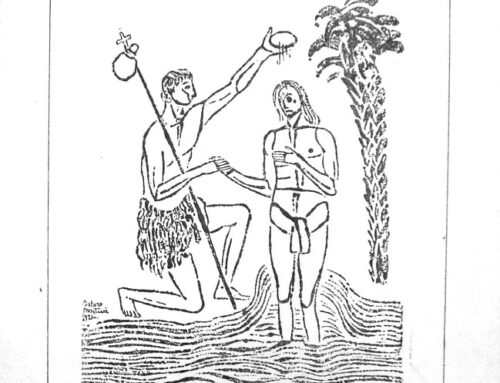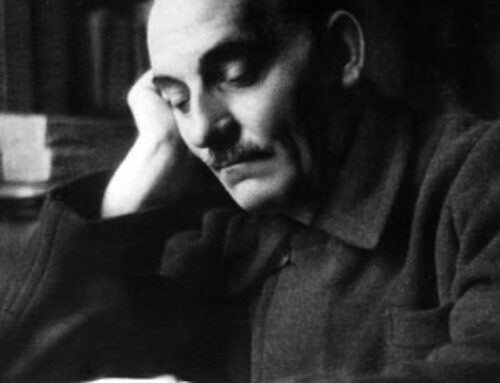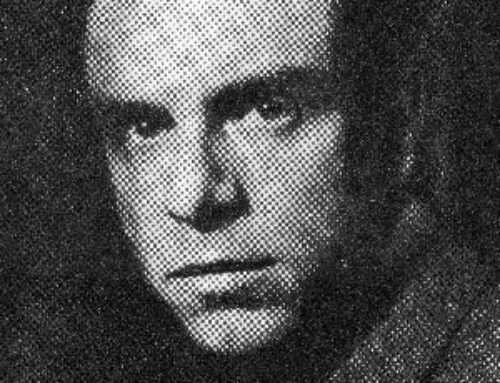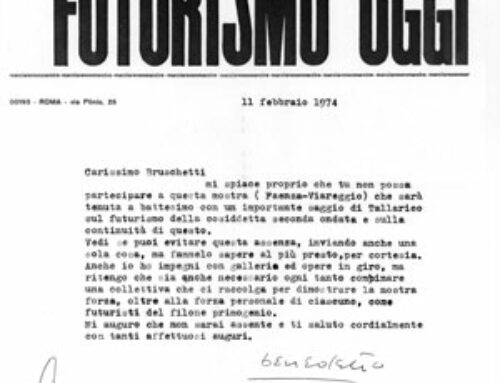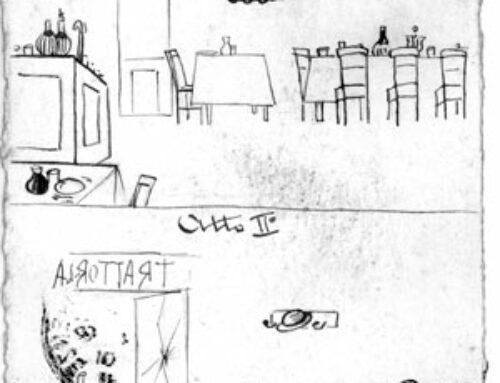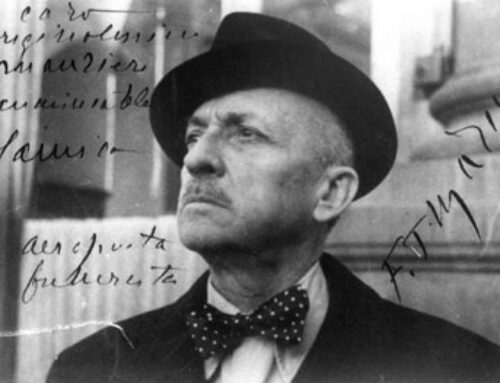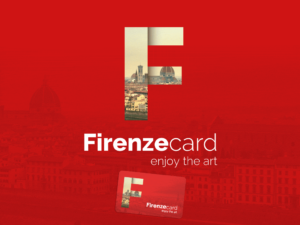(Ceglie Messapico, Brindisi, 1891 – Naples, 1982), painter, after attending high school and the Institute of Fine Arts in Naples, attended the Academy of Fine Arts in Florence where he was a student of Fattori and De Carolis. He befriended Bino Sanminiatelli, who introduced him among the intellectuals who frequented the Giubbe Rosse and the Paszkowsky café; he met Soffici, Carli, Settimelli, Corra, Papini, Malaparte, Campana and became friends with Palazzeschi. In 1913 he was present at the futurist evening at the Verdi Theater. In 1915 he joined Futurism and in 1917 signed with Venna the manifesto “Linear Geometric Foundation” which was published in “L’Italia Futurista.” In 1918 the two authors, reconnecting with what had already been expressed, began to sketch the outlines of a new manifesto, which, however, would never see the light of day. In 1918 Notte moved to Venice where he carried out intense activity on the pictorial and relational production levels. In 1919 he participated in the Great National Futurist Exhibition in Milan, Florence and Genoa and exhibited at the Ballerini Gallery presented by Margherita Sarfatti. Marinetti is present at the opening. In 1920 he collaborated on “Roma Futurista,” and in 1921 he participated in the great modern art exhibition in Geneva with the Futurist group. From this date on, Notte recovers classical positions while not shying away from futurist suggestions.
The Emilio Notte Fund is divided into the following sections: Correspondence, which preserves missives addressed to Notte, the latter’s minute letters and a small nucleus of correspondence to other recipients; senders include Baldessari, Bragaglia, Drei, Caligiani, Casella, Chiaromonte, Corradini, Marinetti, Nannini, Dessy, Prampolini, Settimelli, Ragghianti, and Venna; Manuscripts, which collects the painter’s autographs, among which of particular relevance are the theoretical writings on art, only partly flowing into the Futurist manifestos, and an almost entirely unknown poetic production; Periodicals, with the titles of “Poetry,” “Futurist Rome,” “Cimento,” “Illustrated Scene,” and “The Arts.” Press Review, which collects articles about Night that appeared in various newspapers; Photo library, divided into personal photo library and photo library of Notte’s works, many of the latter never published; Library, divided into private library that includes few but important volumes, often autographed by the authors as in the case of Palazzeschi and Ginna, and in catalogs of the solo and group exhibitions in which Notte participated; Miscellaneous, in which uneven material concerning the painter’s life and documentation pertaining to the Fund (correspondence of the author with Notte’s heir and old stock lists) converged

